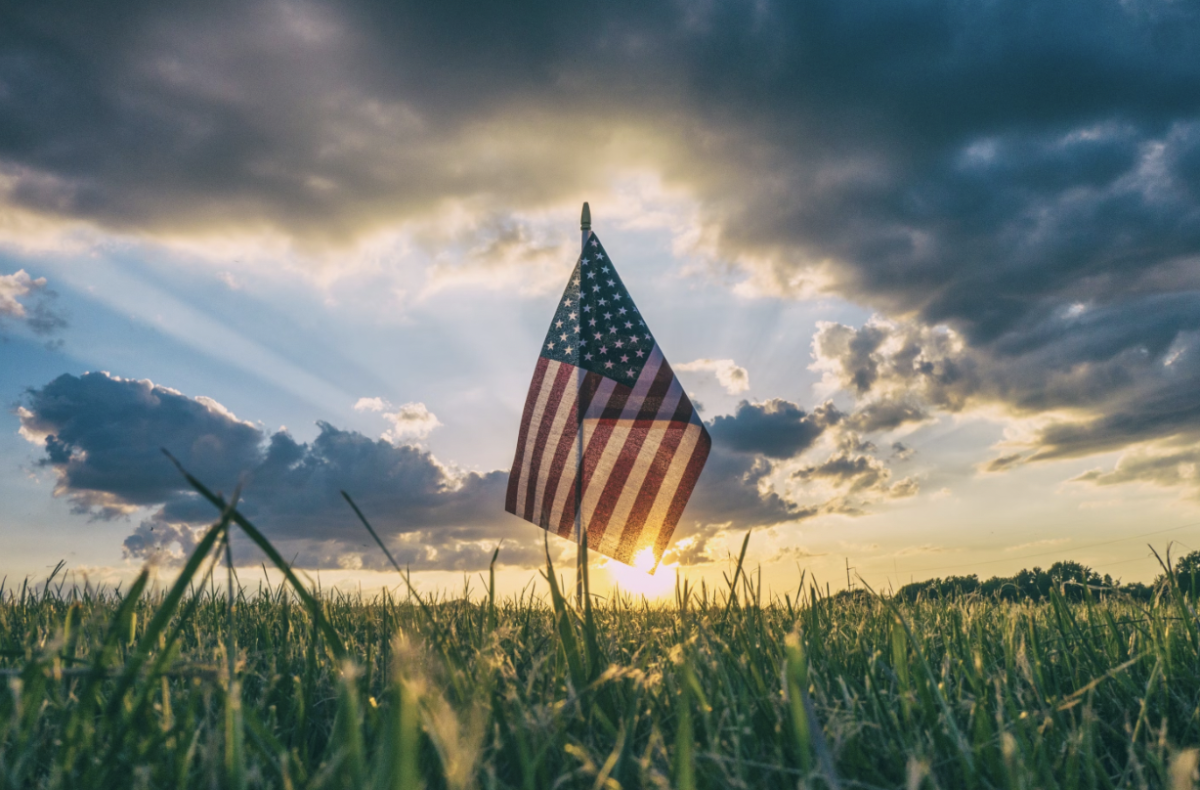Every year in May, Memorial Day is commemorated to honor and remember the brave individuals who lost their lives while serving in the U.S. Military. This day serves as a reminder that their brave sacrifices didn’t go in vain.
Memorial Day also marks the unofficial start of summer, often celebrated with parades, barbecues, and outdoor activities across the U.S. It’s a time for families and communities to come together, pay tribute to the fallen heroes, and express gratitude for their selfless dedication to protecting the nation. It’s a day of reflection, unity, and recognition of the major impact of these courageous individuals on the country’s history and future.
The History Behind Memorial Day
Initially called Decoration Day, from the tradition of decorating graves with flowers, wreaths, and flags. It was first observed on May 30, 1868 to honor the sacrifices of civil war soldiers. During that first national observance, former Union Gen. and sitting Ohio Congressman James Garfield made a speech at Arlington National Cemetery, after which 5,000 participants helped to decorate the graves of the more than 20,000 Union and Confederate soldiers who were buried there. This soon motivated efforts to honor and remember fallen soldiers that began with local observances at burial grounds in several towns throughout the United States following the end of the Civil War.
During the year 1873, New York became the first state to designate Memorial Day as a legal holiday. By the late 1800s, many more cities and communities observed Memorial Day, and several states had declared it a legal holiday. After World War I, it became an occasion for honoring those who died in all of America’s wars and was then more widely established as a national holiday throughout the United States. In 1971, congress passed the Uniform Monday Holiday Act and established that Memorial Day was to be commemorated on the last Monday of May.
Our Recommend Course of Action
This day prompts us to pause and reflect on the selfless acts of these individuals, expressing our gratitude and honoring their memory for their unwavering dedication to preserving our freedoms. It is a solemn occasion that allows us to pay homage to those who laid down their lives in service to their nation, reminding us of the profound impact their sacrifices have had on shaping our history and protecting the values we hold dear.
How do the President and Vice President Honor this Day
The U.S. president or vice president typically presides at a Memorial Day ceremony at Arlington National Cemetery outside of Washington and places a wreath at the Tomb of the Unknowns, also known as Tomb of the Unknown Soldiers. This is done to pay respects to fallen soldiers to show that the nation is grateful for their bravery.
Memorial Day Celebrations
Memorial Day festivities typically encompass a range of customs, including paying respects at graveyards and monuments, participating in commemorative events and processions, and lowering the national flag to half-mast until midday. Numerous cities and towns organize tributes to recognize the sacrifices of servicemen and women, as well as their loved ones. Moreover, it is a popular occasion for individuals to come together for outdoor gatherings, such as picnics and cookouts, signifying the informal commencement of summer across the nation.
Memorial Day holds a special place in the hearts of many, serving as a time to honor and remember the brave individuals who have made the ultimate sacrifice for their country. It’s not just a simple day off work or an opportunity to enjoy the warm weather; it’s a solemn occasion to reflect on the courage and selflessness of those who have fearlessly ventured into uncertain and perilous situations, with unwavering determination to protect and defend. As we observe Memorial Day, let us take a moment to express our gratitude for the extraordinary individuals who have faced adversity head-on and embraced the unknown with unwavering resolve.

